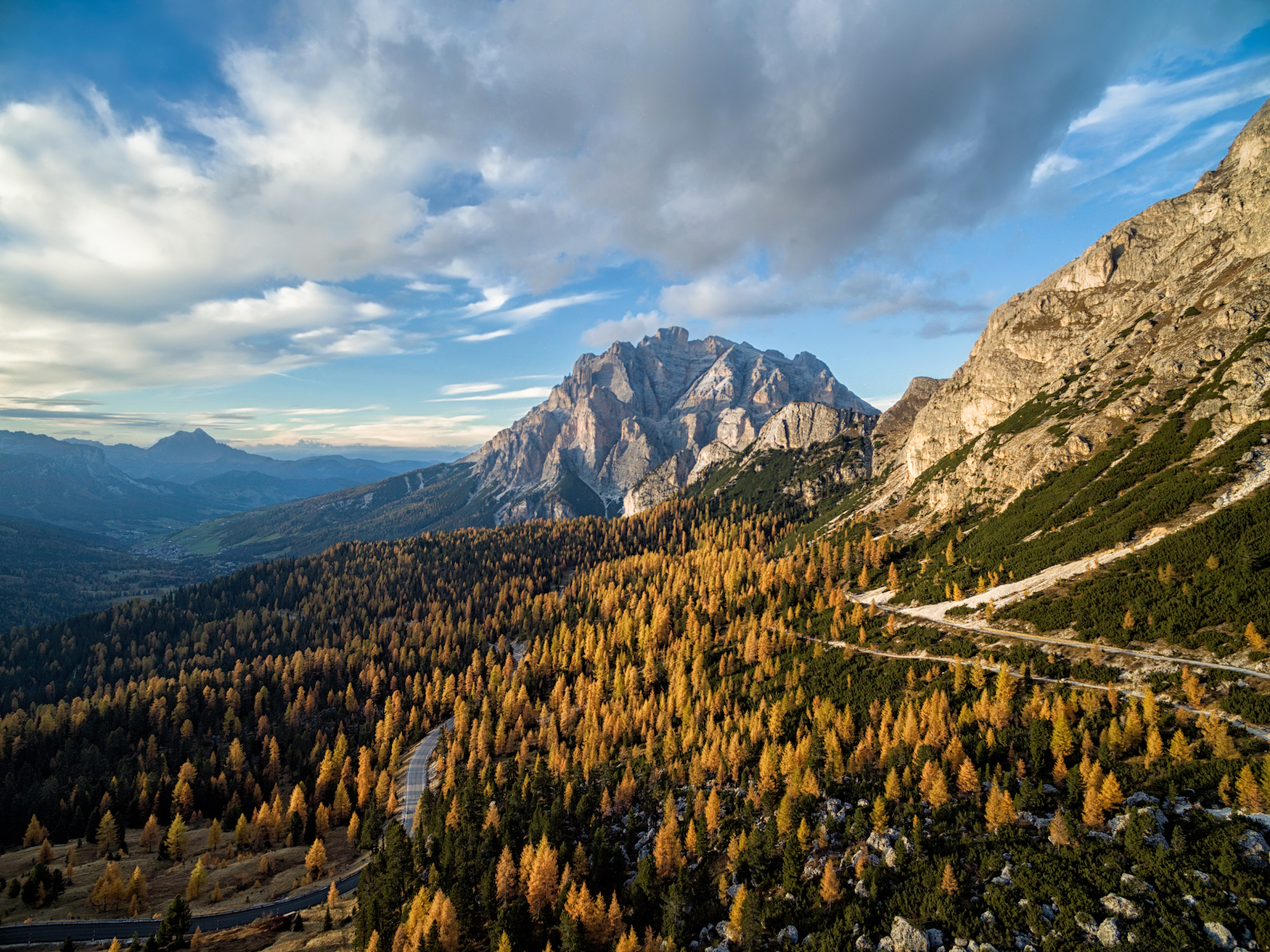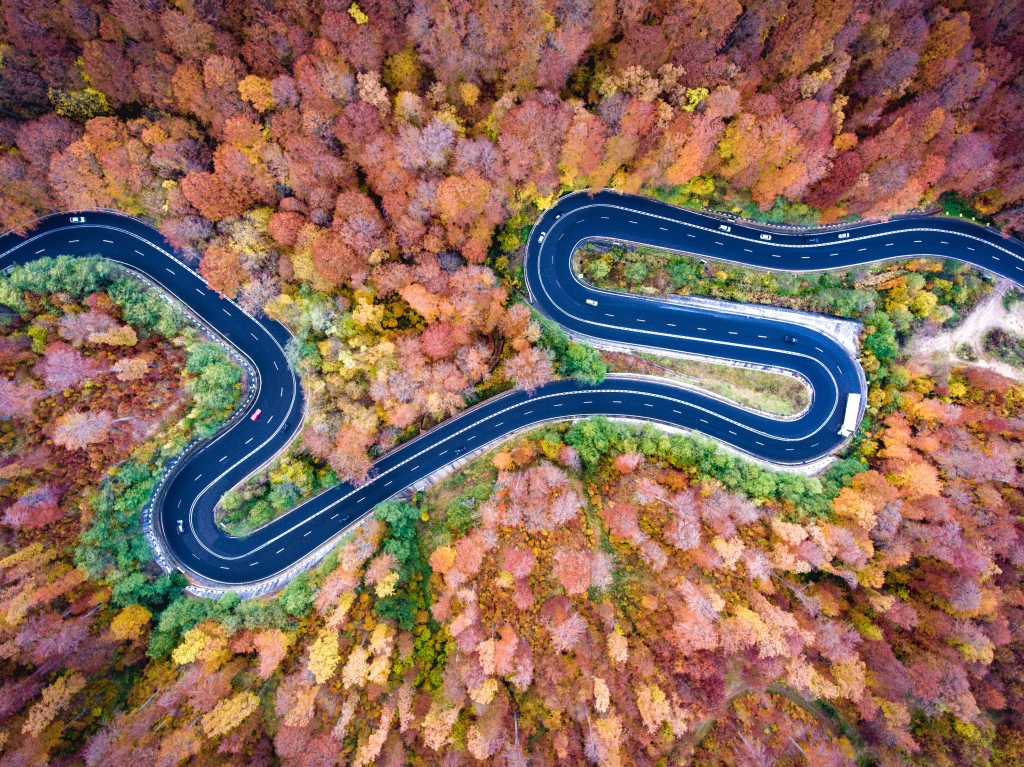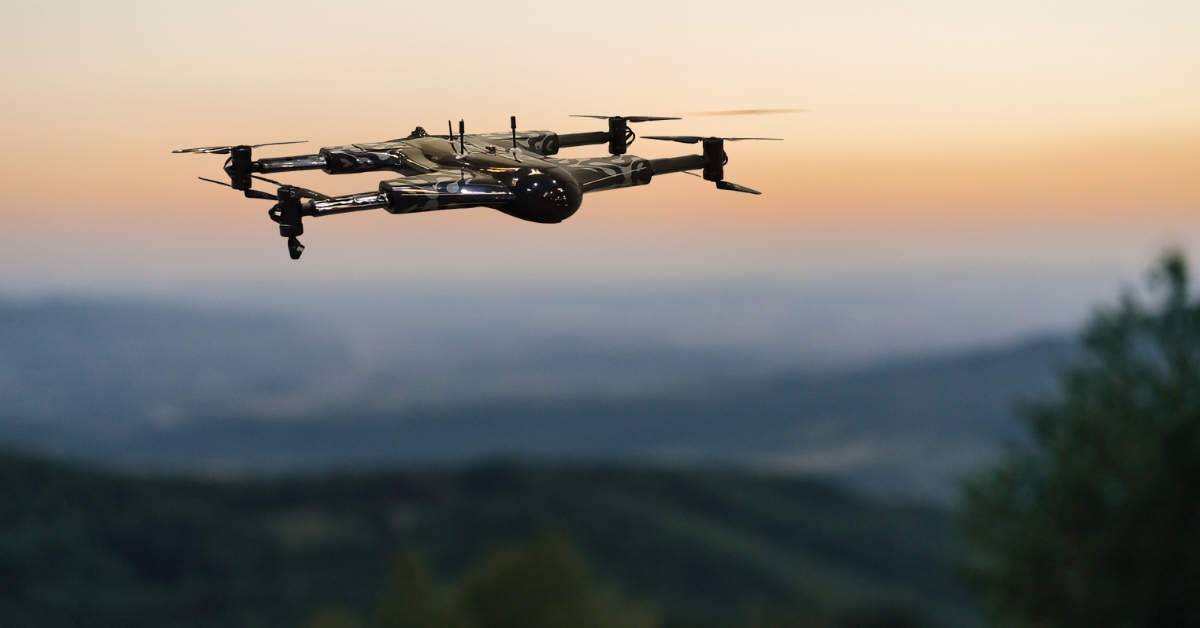Looking for a Drone Photographer? Get High-Resolution Aerial Photos for Any Project
Transform Your Point Of View: The Art and Science Behind Drone Digital Photography
Drone digital photography represents a considerable junction of artistic vision and technical innovation, allowing developers to record point of views previously unattainable. Comprehending the technicians of drone modern technology, from tools choices to make-up techniques, is essential for accomplishing compelling images. Furthermore, factors to consider such as lighting and ecological problems can profoundly affect the last end result. As professional photographers improve their abilities in both airborne technique and post-processing, they unlock a richer narrative potential. What truly distinguishes effective drone digital photography from plain aerial pictures? Discovering this inquiry exposes deeper understandings right into the craft and its advancing landscape.
Comprehending Drone Technology
Recognizing drone technology is important for any individual thinking about using its capabilities for photography. Drones, or unmanned aerial lorries (UAVs), rely on a mix of software and hardware to achieve trip and capture images. At their core, these gadgets are furnished with sensors, cams, and navigation systems that enable them to fly autonomously or be controlled from another location.
The key parts of drone innovation include the trip controller, which functions as the brain of the drone, processing information from various sensors to make certain steady flight. In addition, GPS technology plays an important duty in navigation, making it possible for drones to adhere to pre-defined flight paths and preserve their position even in difficult problems.

Additionally, understanding the regulative landscape bordering drone usage is essential, as it regulates where and just how drones can be operated, guaranteeing safety and conformity. Experience with these facets of drone technology equips photographers to optimize their innovative capacity while adhering to lawful standards.
Necessary Devices for Drone Digital Photography
Picking the ideal devices is important for attaining phenomenal cause drone digital photography. At the heart of this configuration is the drone itself, which must be chosen based upon flight security, electronic camera top quality, and convenience of usage. Popular designs typically feature built-in high-definition electronic cameras that record sensational airborne pictures.
In addition to the drone, investing in a top notch camera is important. Several drones come equipped with video cameras qualified of capturing in 4K resolution, however, for professional-grade results, think about a drone that enables compatible electronic cameras or supports larger sensors. This versatility can significantly improve picture high quality.
Stablizing is another essential element. A three-axis gimbal is recommended for smooth video footage, reducing resonances that can diminish photo clarity. Furthermore, extra batteries and a trustworthy charger make certain extensive flight time, enabling more comprehensive shoots.
Mastering Make-up Methods
Mastering composition strategies is essential to boosting your drone photography from normal to amazing. A well-composed picture records the visitor's interest and shares a powerful narrative.
One of the crucial concepts to think about is the guideline of thirds, which includes separating your framework into a grid of 9 equivalent components. Placing essential components along these lines or at their junctions produces aesthetic rate of interest and balance. Additionally, leading lines can assist the audience's eye with the photograph, drawing attention to the subject and including depth.
An additional reliable technique is framing, where all-natural aspects such as structures or trees enclose the topic, boosting the centerpiece. This approach not only gives context yet likewise produces a sense of affection within the scene.

Lastly, always bear in mind look here the perspective line. A crooked perspective can distract and take away from an or else captivating image. By grasping these structure methods, you can significantly boost the effect of your drone photography.
Lights and Weather Considerations
In drone digital photography, the interplay of lights and weather condition can considerably affect the high quality and mood of your images. Ideal lights conditions are vital; the golden hours-- shortly after sunrise and prior to sundown-- offer soft, diffused light that improves shades and minimizes rough shadows. Throughout these times, the landscape appears more dynamic and vivid, enabling spectacular airborne shots.
Conversely, overcast skies can generate a level, low-key scheme, yet they can also give even lighting that lowers Check Out Your URL comparison and highlights information in the setting. This can be beneficial for capturing textures in metropolitan settings or detailed patterns in nature.
Climate condition, such as rainfall, fog, or snow, can also add one-of-a-kind aspects to your photography. Haze can create a sense of secret, while rain can improve shades and saturate the landscape. Nonetheless, it is important to take into consideration the safety of your drone; flying in unfavorable climate condition can cause equipment damages or loss of control.
Ultimately, understanding exactly how lighting and climate impact your airborne shots allows you to select the perfect conditions for your drone digital photography, making certain engaging and aesthetically striking pictures.
Post-Processing Tips and Techniques
After recording magnificent aerial pictures, the next step entails refining those shots via post-processing. This essential phase enhances the visual influence of your pictures, allowing you to highlight the one-of-a-kind perspectives that drones provide.
Beginning with software devices like Adobe Lightroom or Photoshop, which offer robust editing abilities. Begin by dealing with direct exposure and white equilibrium to guarantee that your colors show up true to life. Make use of histogram checks to achieve optimum brightness degrees, staying clear of overexposure or loss of information in shadows.
Following, enhance contrast to include deepness to your photos. Adjusting clarity can develop essential information without introducing sound, which is specifically helpful in airborne shots where structure plays a significant duty. Don't shy away from chopping; this can help concentrate the visitor's focus on the primary topic.
Color grading is an additional powerful device. Trying out saturation and vibrance to make the landscape pop, but use these adjustments carefully to preserve a natural appearance. Take into consideration applying a mild vignette to assist the visitor's eye toward the center of the image. By grasping these post-processing strategies, you can raise your drone photography to new heights.
Conclusion

What absolutely distinguishes reliable drone digital photography from plain airborne pictures? Numerous drones come equipped with video cameras qualified of shooting in 4K resolution, yet for professional-grade outcomes, take into consideration a drone that enables for compatible electronic cameras or supports bigger sensors. By grasping these structure techniques, you can considerably enhance the influence of your drone digital photography.
In drone photography, the interplay of lighting and weather can dramatically influence the top quality and mood of your images (drone photographer coeur d'alene). By mastering these post-processing methods, you can boost your drone photography to new elevations